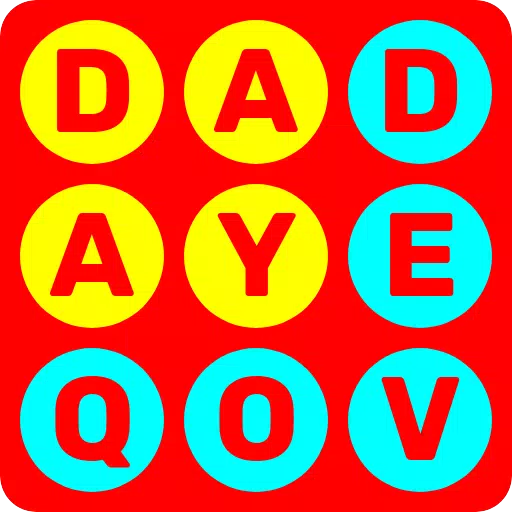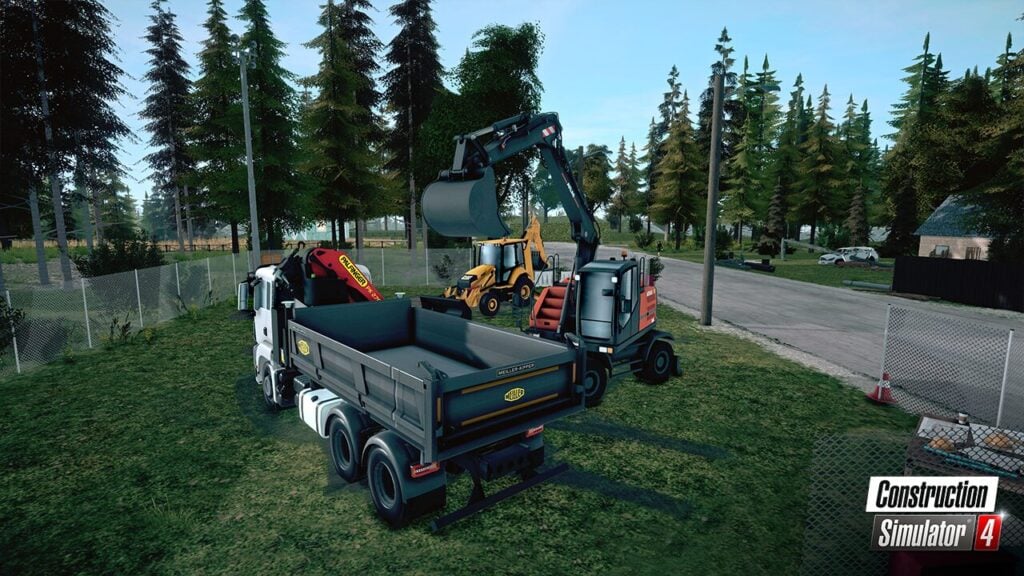The import tariffs reintroduced by former U.S. President Donald Trump are once again sending ripples through the gaming industry, with Razer’s high-performance Blade 16 gaming laptop now caught in the crossfire. These tariffs, essentially taxes on imported goods, often end up being passed down to consumers in the form of higher prices. For gamers in the United States, this could mean a noticeable increase in the cost of tech and gaming hardware.
In a recent development, the Razer Blade 16 was briefly available for purchase on Razer’s U.S. website as of April 1, only for the listing to be removed shortly thereafter. This sudden disappearance has left many potential buyers puzzled. As reported by The Verge, the option to order the laptop is no longer visible on the U.S. site, with no pricing information displayed. Instead, interested customers are met with a “Notify Me” button that offers updates when the product becomes available again. Attempting to access the Buy Now page leads users to a 404 error, further deepening the uncertainty surrounding the device’s availability in the U.S. market.
Meanwhile, European buyers still have the ability to purchase the Blade 16—assuming it's in stock—with the UK currently experiencing shortages. The contrast between regional availability highlights the uneven impact of these tariffs, which primarily target imports from China and Taiwan, where many PC components are manufactured.
Razer isn’t the only tech company adjusting its strategy in response to these economic pressures. Other firms, including memory giant Micron, have warned of potential surcharges, while PC manufacturer Framework has opted to temporarily pause certain U.S. sales altogether until the market stabilizes.
This situation echoes beyond laptops and peripherals. Just days ago, Nintendo fans were left disappointed when the pre-order date for the upcoming Nintendo Switch 2—originally set for April 9—was quietly pulled from U.S. websites amid growing financial concerns tied to the tariffs. The disruption didn't stop at American borders, either. Canadian Nintendo customers also saw pre-orders delayed, signaling a broader ripple effect across North America.
With Nintendo already facing criticism over the initial pricing of the Switch 2, there’s mounting speculation that the console and its accompanying software may see even steeper price hikes. Gamers and analysts alike are closely watching how Nintendo navigates this challenging economic landscape.
For more insights into the latest developments, check out everything revealed during the recent Switch 2 Nintendo Direct presentation.

 Latest Downloads
Latest Downloads
 Downlaod
Downlaod




 Top News
Top News









